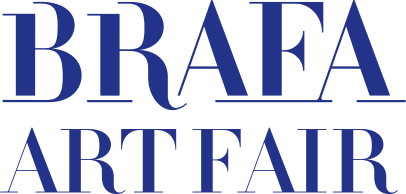

Contemporary art: its excesses, scandals and success stories

29/01/2018
Discussion led by Amid Faljaoui, director of the economic magazine Trends-Tendances and commentator on RTBF
Euphemistically speaking, contemporary art causes a lot of ink to flow. Some authors argue that contemporary art has become a status symbol rather than a mark of aesthetic taste. Others blame globalisation for the sheep-like trend-following of collectors. And then there’s the argument that curators are behind the times, terrified of missing out on ‘the new Impressionists’ and more dependent than ever on rich sponsors. In order to understand the criticisms and the economic and artistic forces in play, Amid Faljaoui has invited a number of experts (gallery-owners, collectors, economists and the author of a (critical) book on the subject) to express their point of view on what can only be termed ‘the hegemony of contemporary art’.
Language: French
Euphemistically speaking, contemporary art causes a lot of ink to flow. Some authors argue that contemporary art has become a status symbol rather than a mark of aesthetic taste. Others blame globalisation for the sheep-like trend-following of collectors. And then there’s the argument that curators are behind the times, terrified of missing out on ‘the new Impressionists’ and more dependent than ever on rich sponsors. In order to understand the criticisms and the economic and artistic forces in play, Amid Faljaoui has invited a number of experts (gallery-owners, collectors, economists and the author of a (critical) book on the subject) to express their point of view on what can only be termed ‘the hegemony of contemporary art’.
Language: French